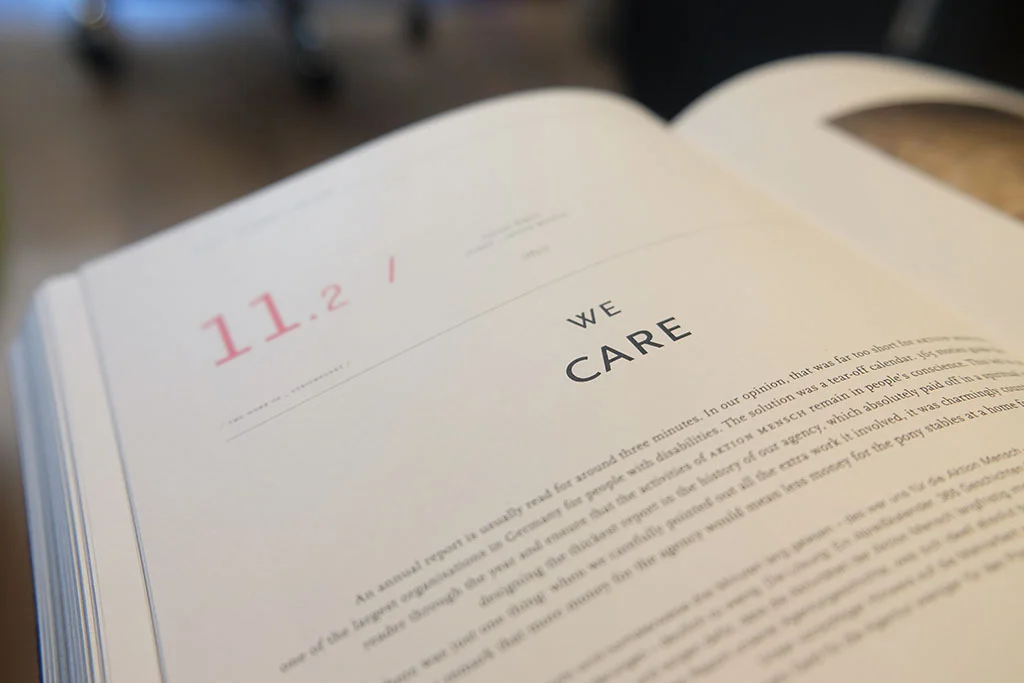What we’re about to write about isn’t new to anyone who ever dubbed in marketing – content is one of the key parameters to marketing. The term “content is king” is well known and the addendum “distribution is its queen” is also common knowledge. So why do we choose to write a post about this now? Well because common knowledge and common sense seem to have gone out touch with each other lately.
As strategic advisors and consultants we cross paths with many very different companies and service providers alike. Whenever we mentor at one of the accelerators we work with we always hear “OH!!!! This actually makes sense… can’t imagine why our mentor from last week said that we shouldn’t…” or “We have another consultant for [something specific] and she told us that we can [something untrue or irrelevant]”.
The latest example was a very large organization who was told by a “LinkedIn expert” that if they pay for premium account they can get their seniors to become “influencers” and get the little icon on LinkedIn.
[pause for a breath…. We know… hilarious!]
 So, we felt it was time to remind everyone of what really matters – your communities. The people who make up your brand – your clients for sure, but also your partners, colleagues, employees and anyone else who can become an evangelist for you. These people need to connect with your brand, or with you (if we’re talking about C-Levels in a large corporation) and they need to feel and believe you know what you’re talking about and doing. They need to perceive you as a thought leader or “influencer”.
So, we felt it was time to remind everyone of what really matters – your communities. The people who make up your brand – your clients for sure, but also your partners, colleagues, employees and anyone else who can become an evangelist for you. These people need to connect with your brand, or with you (if we’re talking about C-Levels in a large corporation) and they need to feel and believe you know what you’re talking about and doing. They need to perceive you as a thought leader or “influencer”.
How do you do that? By providing added value to them. How do you do that to thousands of people who don’t know you personally and who may not be in the same place at the same time? By creating content.
The definition of what “Added value” means to your communities changes according to what you do and what you’re looking to gain from it, but no matter what vertical you’re in, the added value can always be provided in some form of content: text, images, video, webinars, audio bites, books, or all of them together. All of this can be summed up in one word: knowledge. You have to impart knowledge unto your communities to help them find their way in whatever ocean it is they sail in, and you serve as a beacon in.
Only by creating a meaningful (both in quantity but also and more importantly in quality) body of knowledge, i.e content, can you establish thought leadership or an “influencer” status (for your own communities at least), which in turn leads to incoming demand, sales and advocacy.
How much content is enough depends on your strategy and your capacity to create, curate or source content.
How to create good content? That’s a whole different story. Here are 5 lessons to content marketing.






